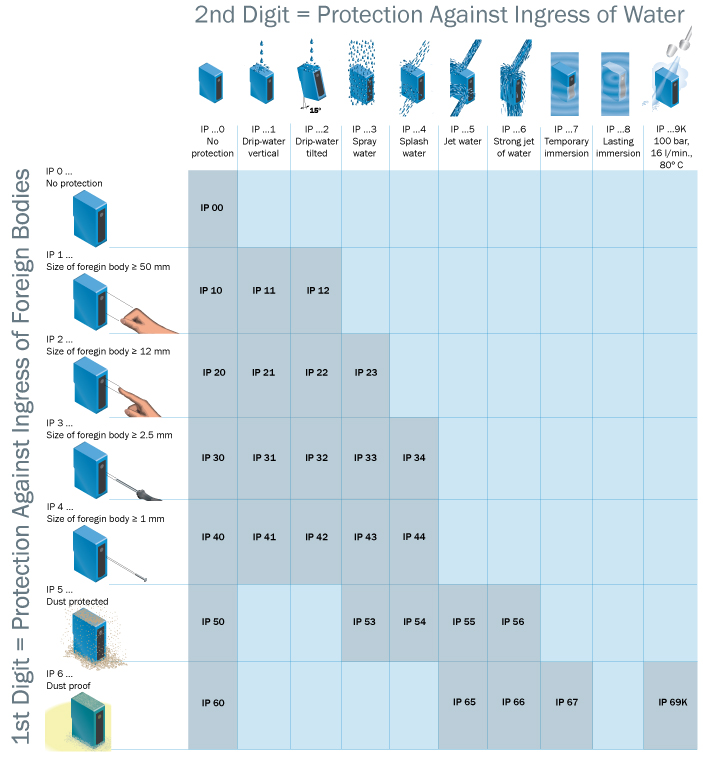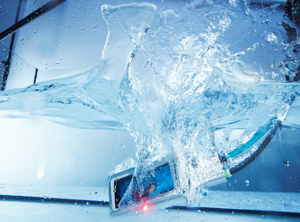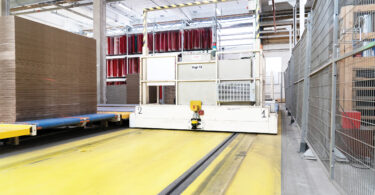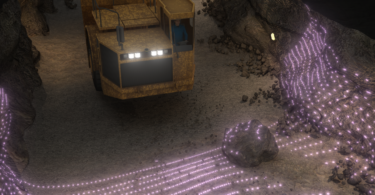How water resistant is water resistant, and what level of resistance is necessary for your application? What’s the difference between IP and NEMA ratings? This post clarifies what IP ratings mean, as well as what to look for as you select a water-resistant industrial sensing device.
Which IP Rating Do I Need?
The chart below outlines what the different IP ratings mean to help you determine which rating is necessary for your application. Click the chart to expand.
What are IP Ratings?
Ingress Protection (IP) codes are defined by the International Electrotechnical Commission and are a combination of two digits representing the device’s level of protection from the ingress of solids 1st digit and liquids 2nd digit.
The first digit ranges from 0 no protection to 6 dust resistance. The second digit ranges from 0 no protection to 9k protection against high pressure, high temperature water—such as in wash down applications.
What Is the Difference Between IP and NEMA?
Both IP and NEMA ratings describe a device’s level of protection against the ingress of objects and liquids, including dust and water. IP is an international rating system, while NEMA is used primarily in the US and Canada.
NEMA also includes ratings for resistance to corrosion, tolerances to explosive atmospheres and more, whereas the IP system is only used to describe the level of resistance to the ingress of solids and liquids. There is no direct conversion between the two rating systems.
Since SICK is an international company, IP codes are used for consistency worldwide.
Are “Higher” IP Ratings Better?
You might think that a “higher” rating is better, and while that is in some ways true, it is important to consider that the higher IP ratings are not mutually inclusive. This means that, for example, just because a device is rated IP X7, this does not automatically imply that the device has been tested for water protection levels 1-6. In other words, even though an IP 67 device is protected against temporary immersion, this does NOT necessarily mean that the device can also withstand high pressure water jets.
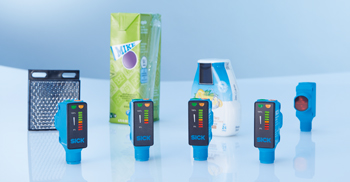 As another example, a device rated IP 69K is resistant to wash down, but it is not necessarily resistant to continuous immersion simply because it has a “higher” rating. Because of this, some devices will have more than one IP rating, for example, a device can be rated both IP 67 and IP 69K – for example, SICK’s SureSense photoelectric sensors.
As another example, a device rated IP 69K is resistant to wash down, but it is not necessarily resistant to continuous immersion simply because it has a “higher” rating. Because of this, some devices will have more than one IP rating, for example, a device can be rated both IP 67 and IP 69K – for example, SICK’s SureSense photoelectric sensors.
Other sensors may come with different ratings for different variants. For example, all of SICK’s KTM Prime contrast sensors are rated IP 67, but the KTM INOX model features both IP 67 and IP 69K ratings to meet the requirements of the food and beverage industry.
Be sure to check with the manufacturer to ensure a device meets ALL of your application requirements.



